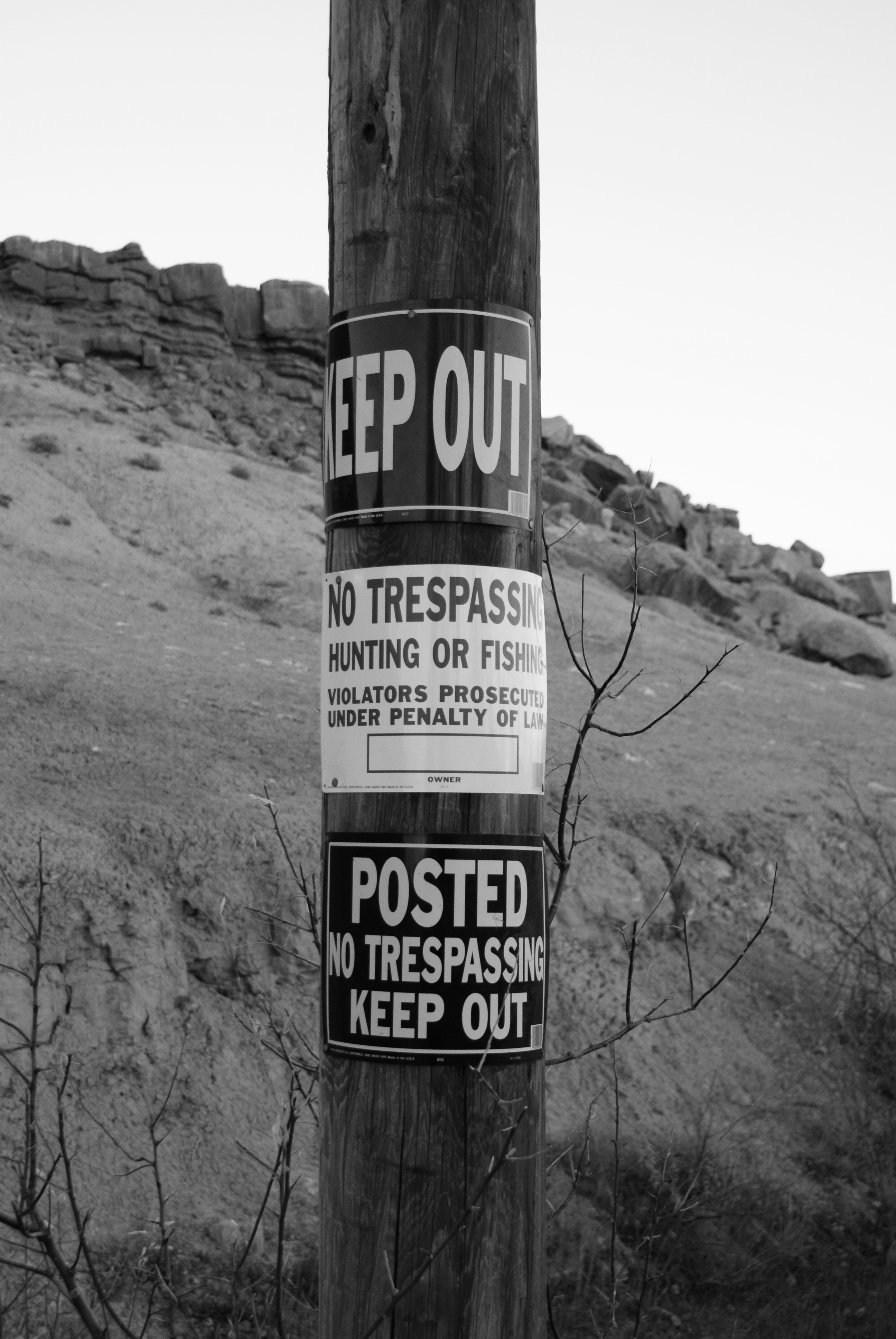Washington Post review of "Christopher Bartel: The Skinwalker Ranch Portfolio"
July 14, 2021
University of Maryland Art Gallery

Site long associated with tales of the paranormal is the focus of a decidedly earthbound photo show By Mark Jenkins June 23, 2021 Among the U.S. sites that fascinate paranormal-activity enthusiasts, Nevada’s Area 51 and New Mexico’s Roswell are more famous, but Skinwalker Ranch boasts the most colorful name. The eastern Utah property, the subject of an online photo show organized by the University of Maryland Art Gallery, evokes the Navajo myth of a vengeful shaman who can assume the forms of other creatures. That’s great branding for a place that has long been associated with tales of UFOs and other unverified phenomena, and that has recently been the subject of a factually dubious History Channel series, “The Secret of Skinwalker Ranch.”It’s too late to do this, but the best way to approach photographer Christopher Bartel’s “The Skinwalker Ranch Portfolio” would be in complete ignorance. The 80 pictures (from an archive of 1,500) are divided into four thematic sections and display many aspects of the 512-acre tract. It’s a starkly beautiful high-desert landscape characterized by big skies and small curiosities, notably the sort of Indian artifacts Bartel has hunted all his life. The skillfully composed and lighted photographs capture many aspects of the place where Bartel worked as a security officer from 2010 to 2016, while then-owner Robert T. Bigelow allegedly undertook a Pentagonfunded inquiry into supposed mysteries on his land. Bartel doesn’t argue otherwise. Of the 80 photos, the only one he associates with something strange is “Large Canine Tracks,” which documents the unusually long stride of an animal that was probably a wolf. Sipping coffee at a Capitol Hill outdoor cafe recently, Bartel tells a story of an encounter with a wolf. He found the experience uncanny, but that doesn’t mean it was supernatural.The Kansas-bred photographer was in Washington to meet with Republican Sen. Mike Lee of Utah, and was joined by Taras W. Matla, associate director of the University of Maryland Art Gallery. It was Matla who discovered Bartel’s photos on social media, thanks to his personal interest in UFOs (now officially designated UAP, for “Unidentified Aerial Phenomena”). Matla invited Bartel to have a show at the gallery, which led to the artist’s decision to give the university all his Skinwalker pictures.“I felt like there was something else there, but I couldn’t see it,” Bartel says of the ranch. “That’s why I wanted to donate the images to a university. To have more eyes into the pictures. So that way maybe at least somebody else could see something that maybe I missed.”That’s certainly possible. But to judge by the photos in the show, what other eyes might see will not be anything that thrills weirdscience buffs. The portfolio depicts rocks, grass, snow, clouds and Bartel’s frequent companions: a trio of ranch dogs. (There’s even a posed still life of his plant-based groceries.)The photographer, who shoots with compact, mirrorless Sony digital cameras, switches from color to black-and-white, and from close-ups to epic vistas. Bartel names Ansel Adams as an inspiration, but he usually places his camera closer to his subjects than Adams did. Rather than simulate a godlike perspective, Bartel shot like what he was: a guard making his rounds. There are spooky pictures in the selection, but they don’t reveal anything unearthly. A few portray skeletal animal remains, but most are of abandoned buildings whose disrepair illustrates both inevitable decay and humanity’s limited attention span.Perhaps it’s just as well that people tend to lose interest. The current vogue for Skinwalker Ranch will fade, much like paint on the walls of a house left for the wind, snow and sand to demolish. And, as Bartel’s photographs eloquently demonstrate, the land will endure.



